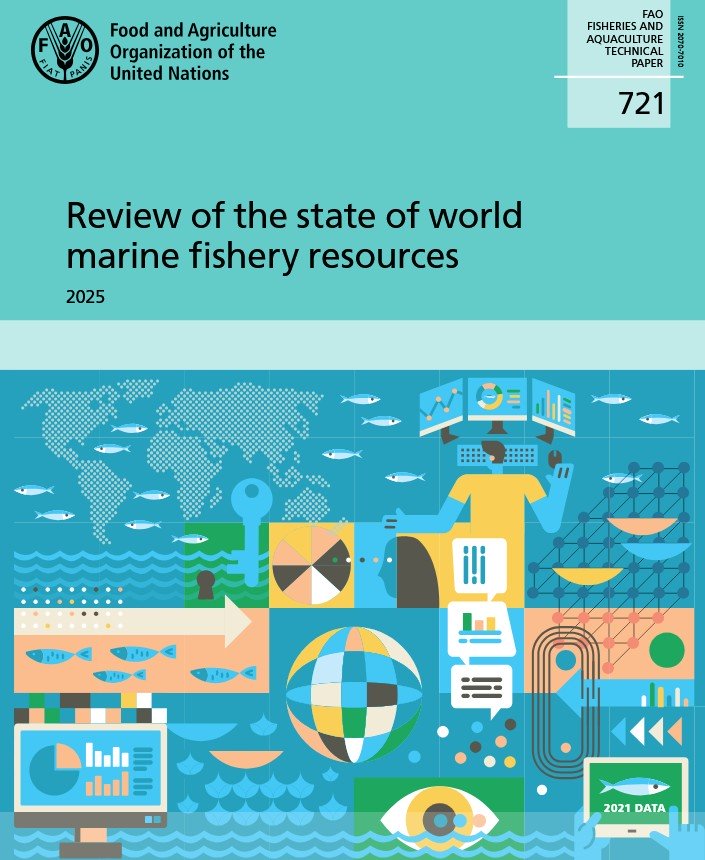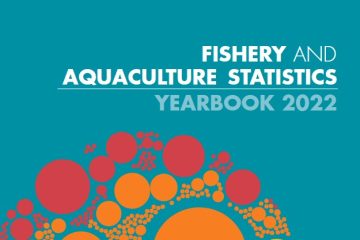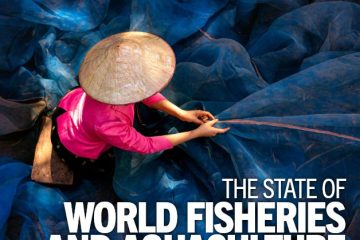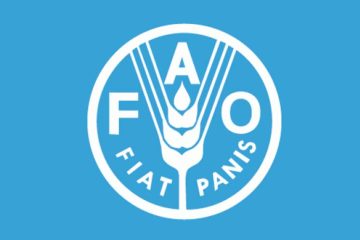
Marine fisheries are crucial to the food security and nutrition, economy and overall
well-being of coastal communities. Maintaining the long-term prosperity and sustain-
ability of marine fisheries is therefore not only ecologically significant, but has social,
economic and political importance. The aim of this report is to provide FAO Members,
national and regional policymakers, academia, civil society, fishers and managers of world
fishery resources with a comprehensive, objective and global review of the state of the
living fishery resources of the oceans.
This document updates the regular reviews of the state of the world’s marine fishery
resources, based on stock assessments and complementary information up to 2023, and
official catch statistics through to 2021. The introductory and methodology chapters
provide the wider context in which this updated edition of the Review of the state of world
marine fishery resources was prepared, highlighting evolutions in the landscape of fisher-
ies and stock assessment capacities since the previous edition of this report in 2011. The
methodology section gives a detailed overview of the updated FAO process for providing
the state of stocks index, which involved a highly participatory and transparent process
(including 19 regional workshops and consultations, with around 650 in-person experts
representing 92 countries and 200 organizations). Importantly, the total number of
stocks in the assessments included in this report has significantly increased to 2 570.
Discussions on major trends and changes at the global level are explored in a dedicated
global overview chapter, while more detailed information on the status of stocks for each
of the FAO Major Fishing Areas is set out in dedicated regional chapters. Special sections
address the global issue of tunas and tuna-like species, and other high-profile fisheries
such as deep-sea fisheries in areas beyond national jurisdiction, and highly migratory
sharks. Summary tables are provided for each species grouping used in this assessment,
indicating the number of stocks included, their sustainability classification between
overfished, maximally sustainably fished, and underfished categories, and the number of
stocks classified into tiers based on the availability and quality of information and thus
the assessment methods used.
https://openknowledge.fao.org/items/ac6d51bb-5e01-4117-b1c6-cee61d430db0


